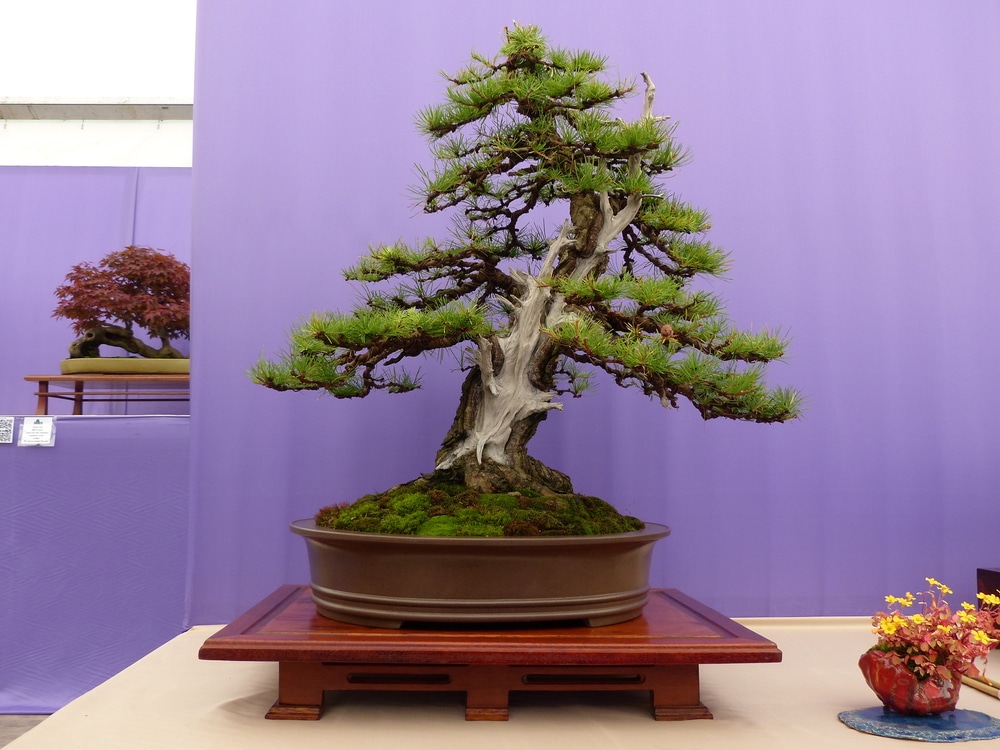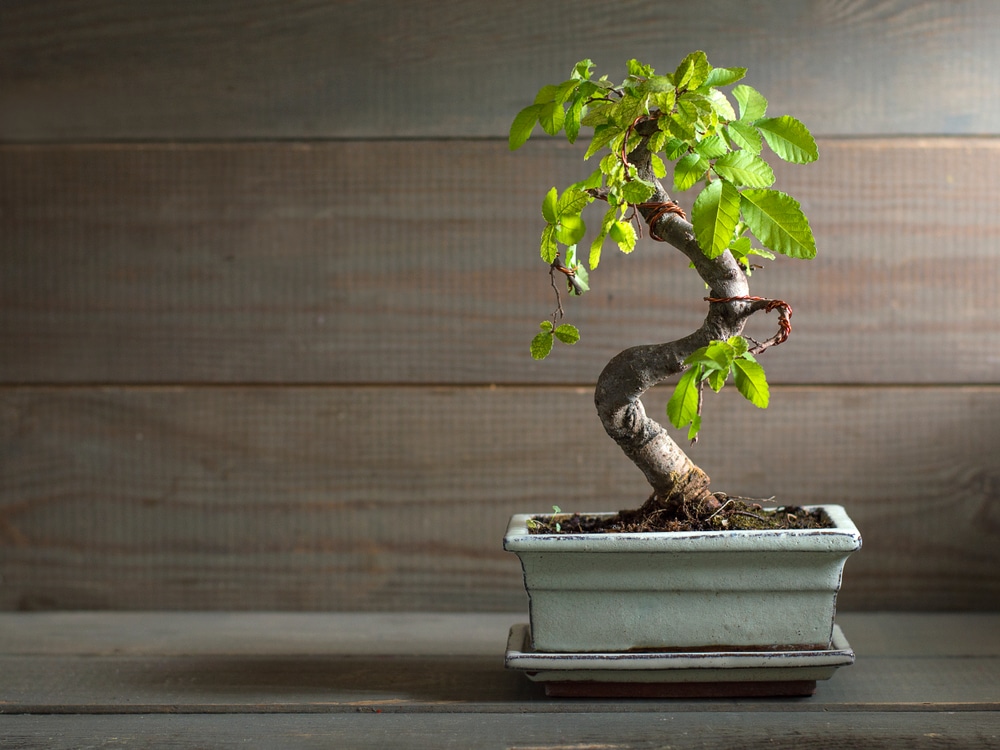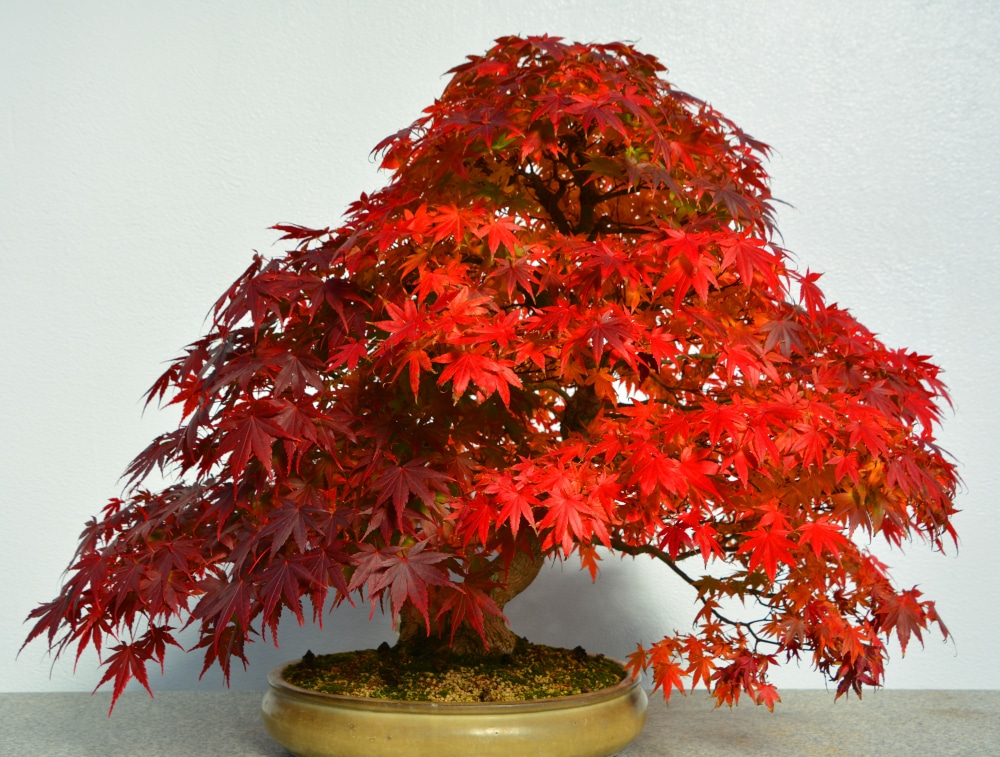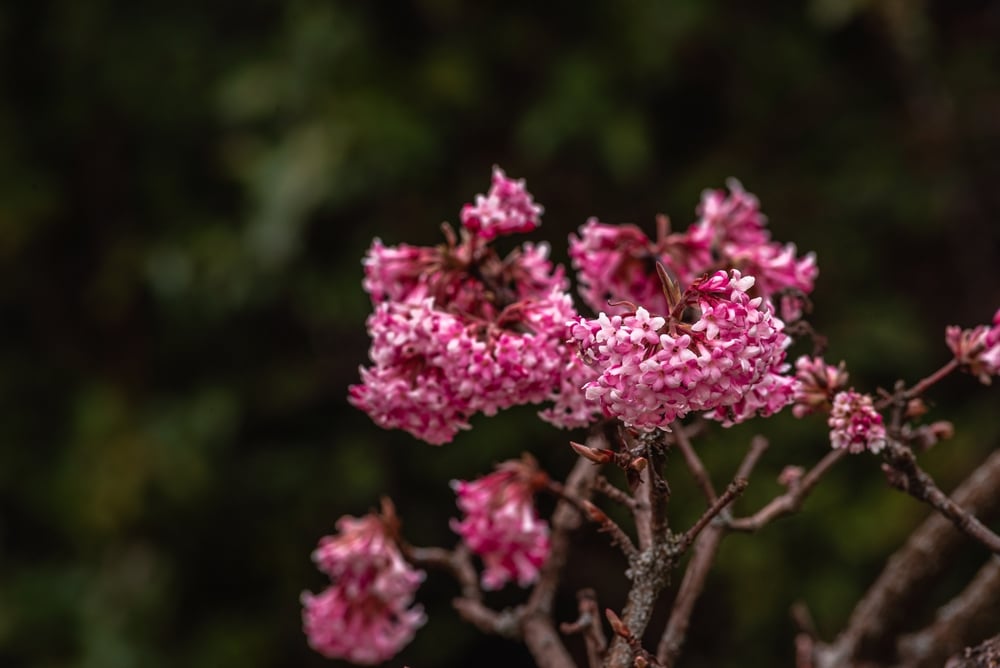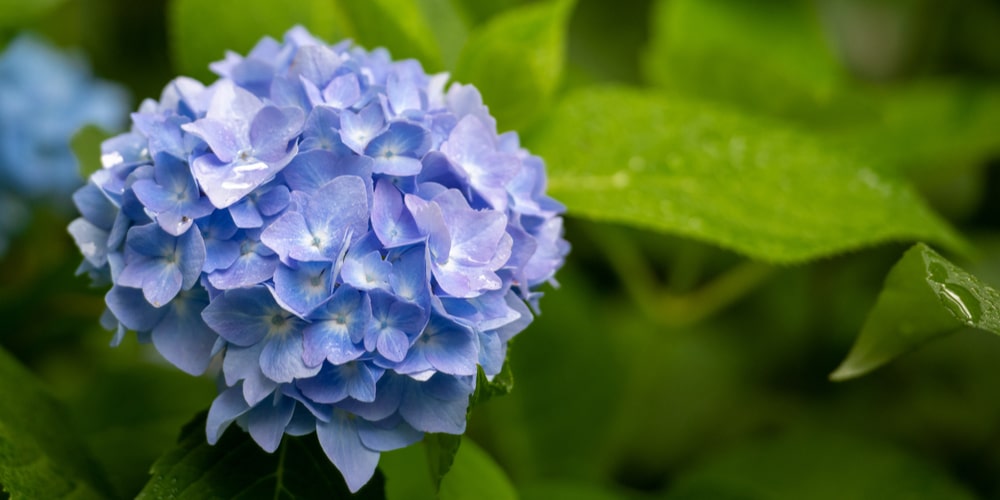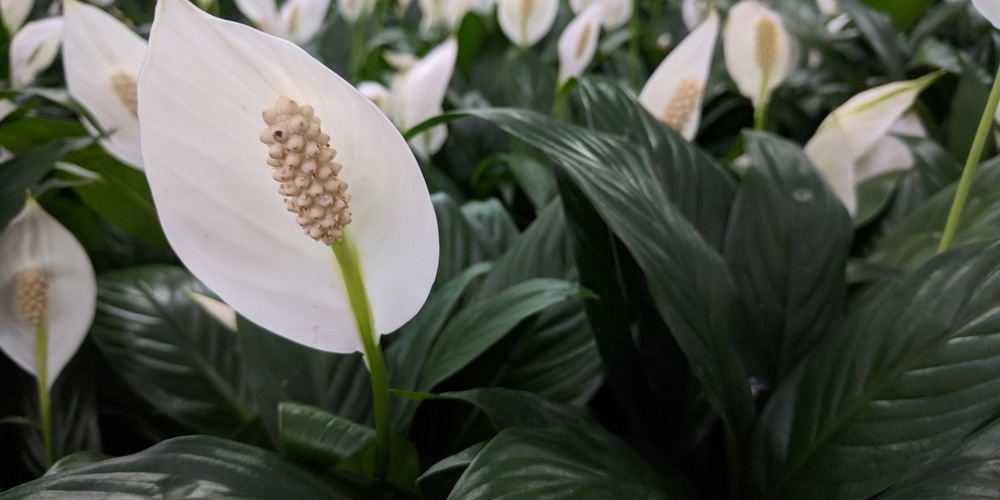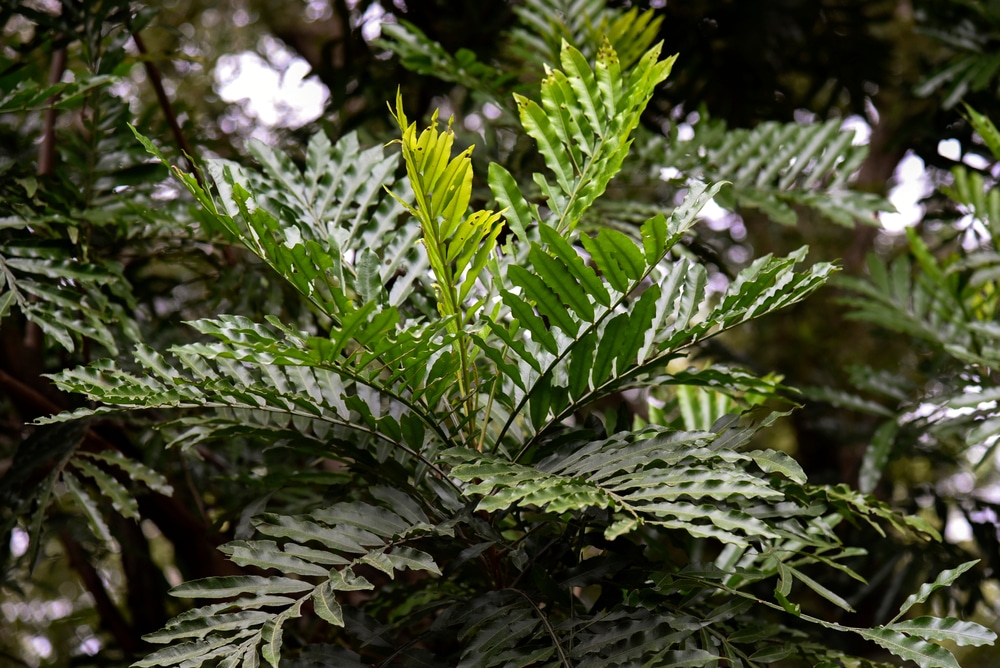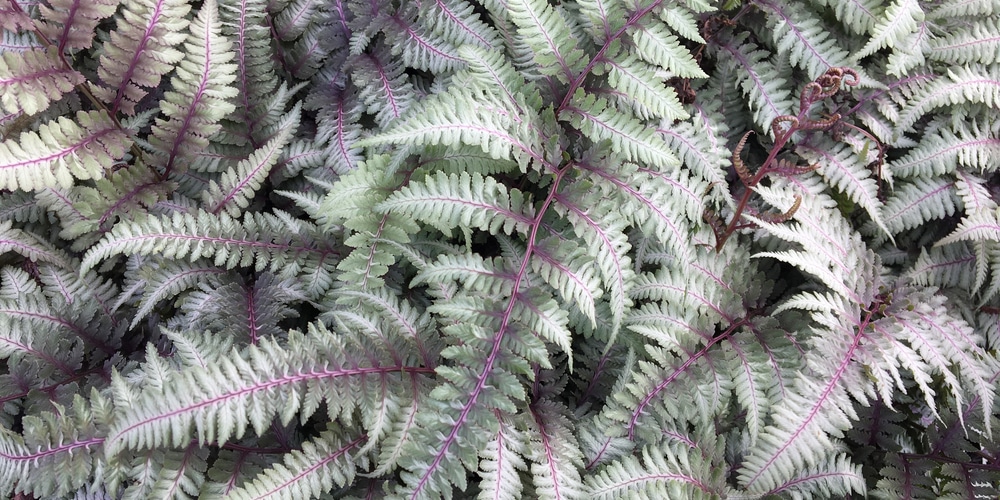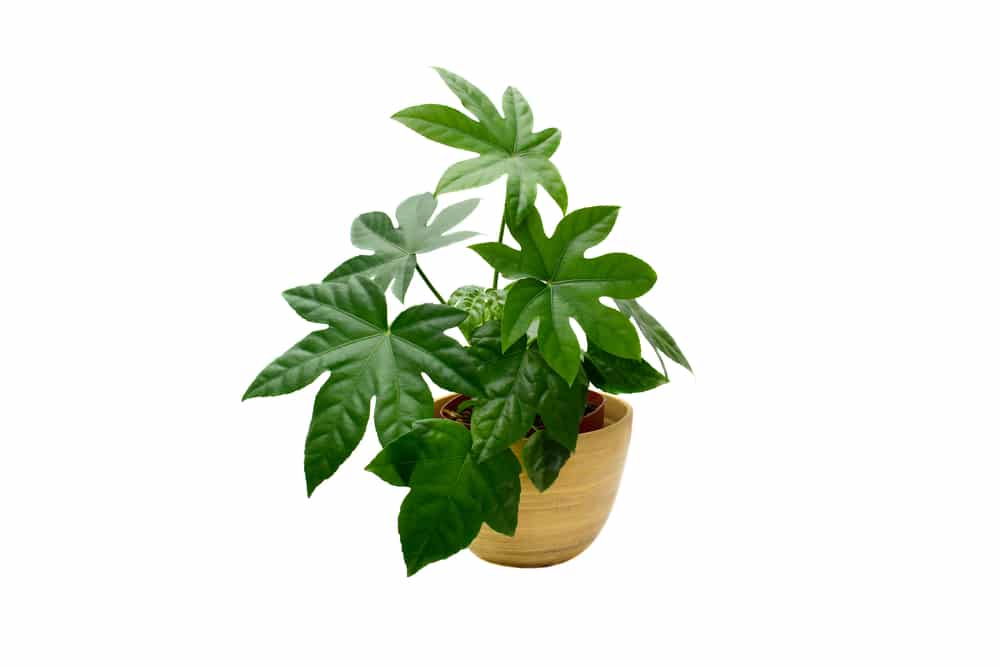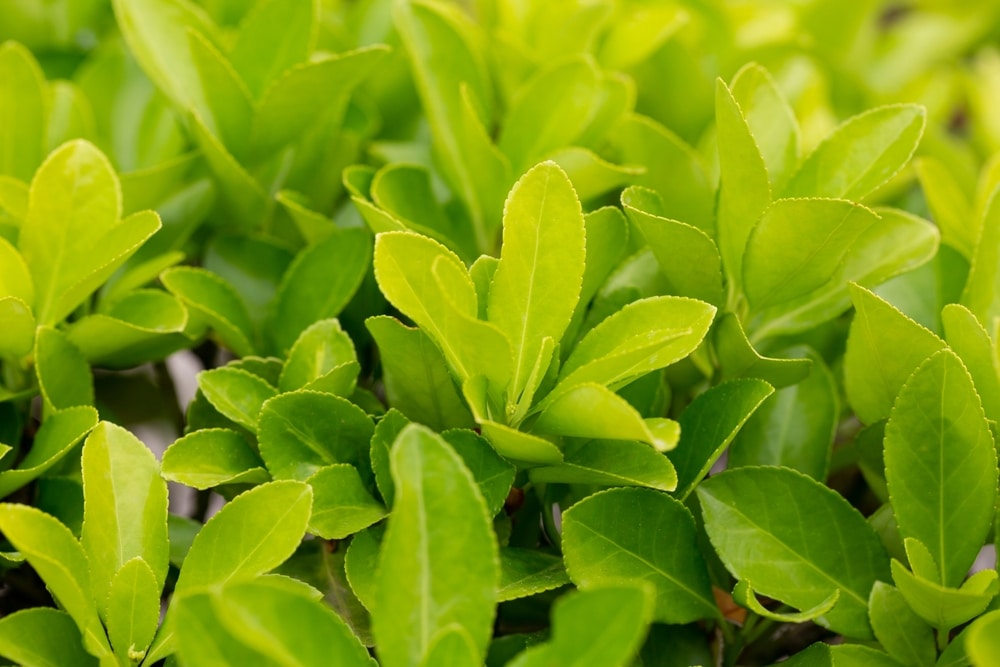Adding Japanese native house plants as part of your home’s interior is a unique way of sprucing up the place and bringing in a touch of nature. These plants are not only easy to take care of, but they also have a very calming and relaxing effect on the mind and body.
The most important thing to consider when choosing the right indoor plant is its size because some plants can grow quite large. The following is a list of the best house plants native to Japan that will make your home more beautiful and serene.
Small Japanese House Plants
Japanese culture has a long tradition of honoring nature, reflected in the country’s architecture, art, and gardening practices. Plants also create that feeling of relaxation and tranquility in Japanese homes.
In Japanese tradition, a bonsai is a tree or shrub trained to grow in a pot and have a small, compact form. Bonsai are often created by growing a plant in a shallower pool and narrower than typically used for the plant species.
This training begins when the plant is young and continues throughout its life. The ultimate goal is to create a miniature tree or shrub that looks like a full-size tree. The word bonsai came from the Japanese terms bon, meaning “tray,” and sai, meaning “planting.” The most popular bonsai that you can plant indoors are:
Japanese Larch Bonsai
The Larix Kaempferi or Japanese Larch Bonsai is a unique choice for homeowners because they can quickly have thick trunks. Their bark is flaky, red-brown, and has tiny, blue-green needles. They can grow up to sixty to eighty inches tall.
Japanese Elm Bonsai
The unique straight trunk and a wide-branch top are distinctive features of this plant, making it well suited to be trained to develop in the broom style. The Zelkova Serrata became a popular Japanese house plant because it is resistant to pests and diseases. If you plan to take it inside, you should remember to place it where the plant can receive direct sunlight.
Japanese Maple Bonsai
The plant’s small leaves give it a delicate look, and you can train the branches to grow in various shapes. The Acer palmatum is a slow-growing plant, meaning it will take time and patience to prepare it for the desired shape.
Japanese stonecrop
The Japanese stonecrop, also known as Sedum Sarmentosum, is a succulent plant native to Japan. The plant has thick, fleshy leaves that store water, making it a good choice for people new to indoor gardening. The Sedum Sarmentosum can be trained to grow in various shapes and tolerate full sun and partial shade.
The advantages of Japanese Stonecrop
- The plant is relatively small and does not require a lot of space.
- Attractive foliage and flowers that will add color to a room.
- Easy to care for and can thrive in a wide range of climates.
- Efficient at removing toxins from the air in office buildings and homes
- Help purify the air and improve indoor air quality.
- Help reduce noise levels in the room where it is located is another advantage of putting this plant indoors.
Ajisai-Dera
Also known as the hydrangea, this beautiful plant is prized for its abundant blossoms and delicate petals. The plant is perfect as a desk plant or to be placed in any small space in your home.
When choosing a pot for indoor ajisai, select one slightly larger than the plant’s root ball. Ajisai prefers well-drained soil, so add plenty of organic matter to your potting mix. Water your plant regularly, and fertilize monthly during the growing season.
Tall Japanese House Plants
Japanese homes are known for their minimalist aesthetic, and one of the critical elements of this style is the use of plants. Unlike Western households, which often incorporate large potted plants into their décor, Japanese homes use tall, slender houseplants that add a touch of nature without taking up too much space.
Japanese Peace Lily
The Japanese peace lily is an elegant and unique plant that makes a great addition to any indoor garden. Native to Asia, the peace lily has large, glossy green leaves and white flowers that bloom throughout the year.
When grown indoors, the peace lily can reach two feet or more height. The plant has glossy, dark green leaves and bears white blooms that resemble calla lilies.
The blooms are followed by small berries that turn black when ripe. The berries are poisonous if ingested, so it is essential to keep them out of reach of children and pets.
Japanese Fern Tree
The Japanese fern tree, also known as Filicium decipiens, is a compact evergreen that makes an ideal houseplant. Native to Asia, the Japanese fern tree grows in many climates, from mountainous regions to subtropical forests. It is well-suited to life indoors and can thrive in various environments.
Although called a tree, the Japanese fern tree is not a true tree but is instead a member of the fern family.
It is known for its glossy, dark green leaves, arranged in a feathery pattern. In addition to being attractive, the leaves of this fern are also highly effective at filtering out pollutants and toxins from the air.
Japanese Painted Fern Tree
Though native to forest margins in Japan, this plant can also thrive indoors with proper care. The fern leaves are delicate and fragile, varying in green, silver, and brown shades. When provided with ample moisture and indirect light, the plant can reach 24 inches in height and produce small white flowers that add to its overall appeal.
The painted variety is more sensitive to changes in its environment, so it is essential to keep a consistent watering and lighting schedule.
Japanese Aralia
Also known as the Fatsia japonica, it is an evergreen shrub native to Japan, Taiwan, and South Korea. It is a popular houseplant thanks to its large, glossy leaves that don’t need much sunlight to thrive.
It can grow up to 10 feet tall and 6 feet wide, making it an excellent pick for filling empty spaces in a room. With its striking foliage and easy care requirements, the Japanese Aralia is an excellent choice for anyone looking to add some greenery to their home.
Japanese Spindle Plants
Originally from Japan, these plants are known for their elegant, vase-shaped foliage. Spindle plants are slow-growing and prefer bright, indirect light.
They can be placed on a sunny windowsill or near an east- or west-facing window. Spindle plants are relatively low-maintenance but may need occasional pruning to remove leggy growth.
Final Thoughts
These are just some of the best Japanese house plants you can choose from. When selecting a plant, you must consider your home’s specific conditions and choose a well-suited plant. With a bit of research, you can find the perfect plant.
